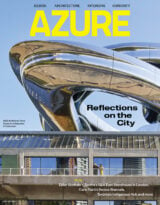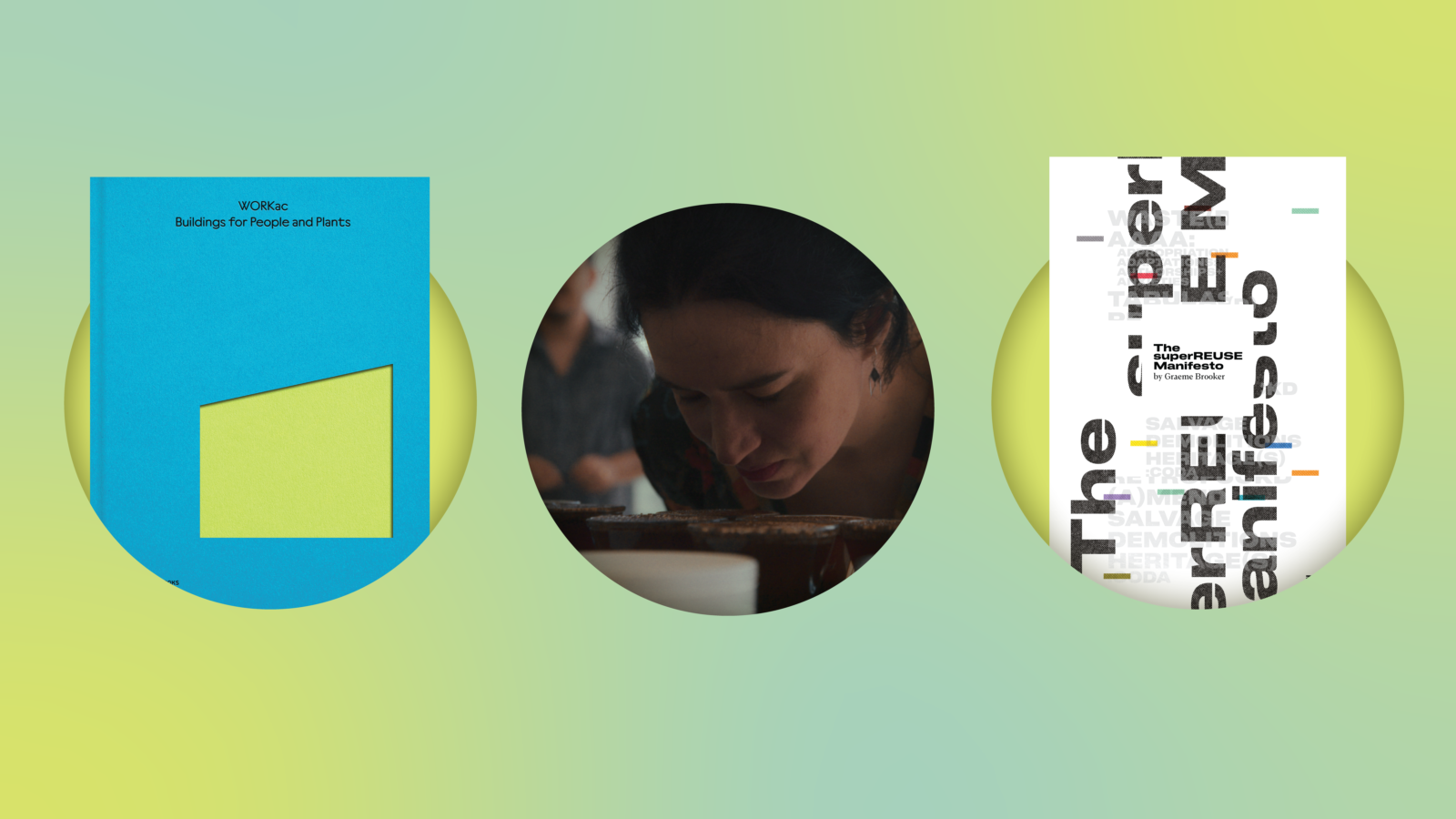
1
Buildings for People and Plants
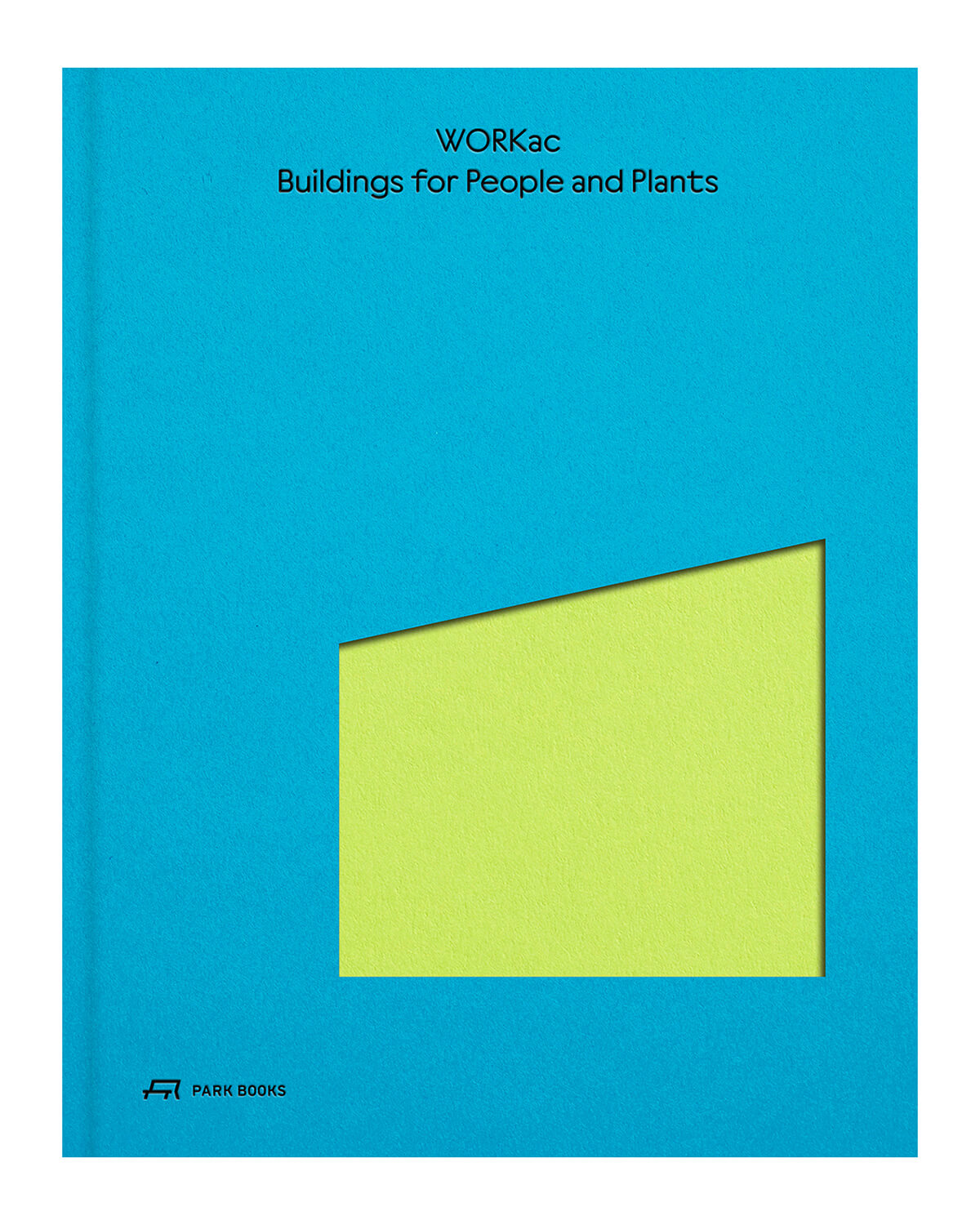
“It is easy to create the expected, but when you challenge each building to do more, you give it the opportunity to solve problems and provide services — ones that may initially seem incongruous with the project, but that prove to be the perfect fit,” write WORKac’s Dan Wood and Amale Andraos in the introductory essay of their monograph–meets–coffee table book. The New York firm’s straightforward approach to sustainability means first ensuring that each project delivers real value. “Density and preservation are just as important to sustainability as technological advancements. So is urbanism. If every building contributes in some perhaps unique way, then a neighbourhood or city can slowly pivot, and the collective can pave the way for a sustainable future,” the architects explain. The buildings featured in this volume exemplify this ethos, from their recently completed North Boulder Library (whose ramp incorporates a musical installation courtesy of Andraos’s sister Mouna’s firm, Daily tous les jours) to the Miami Museum Garage, a paragon of inventive adaptive re-use. Showcased solely in images, the projects are allowed to speak for themselves (at the back of the book, short narratives are shown opposite stunning drawings that bring the vision behind each building to life).
2
With an Acre
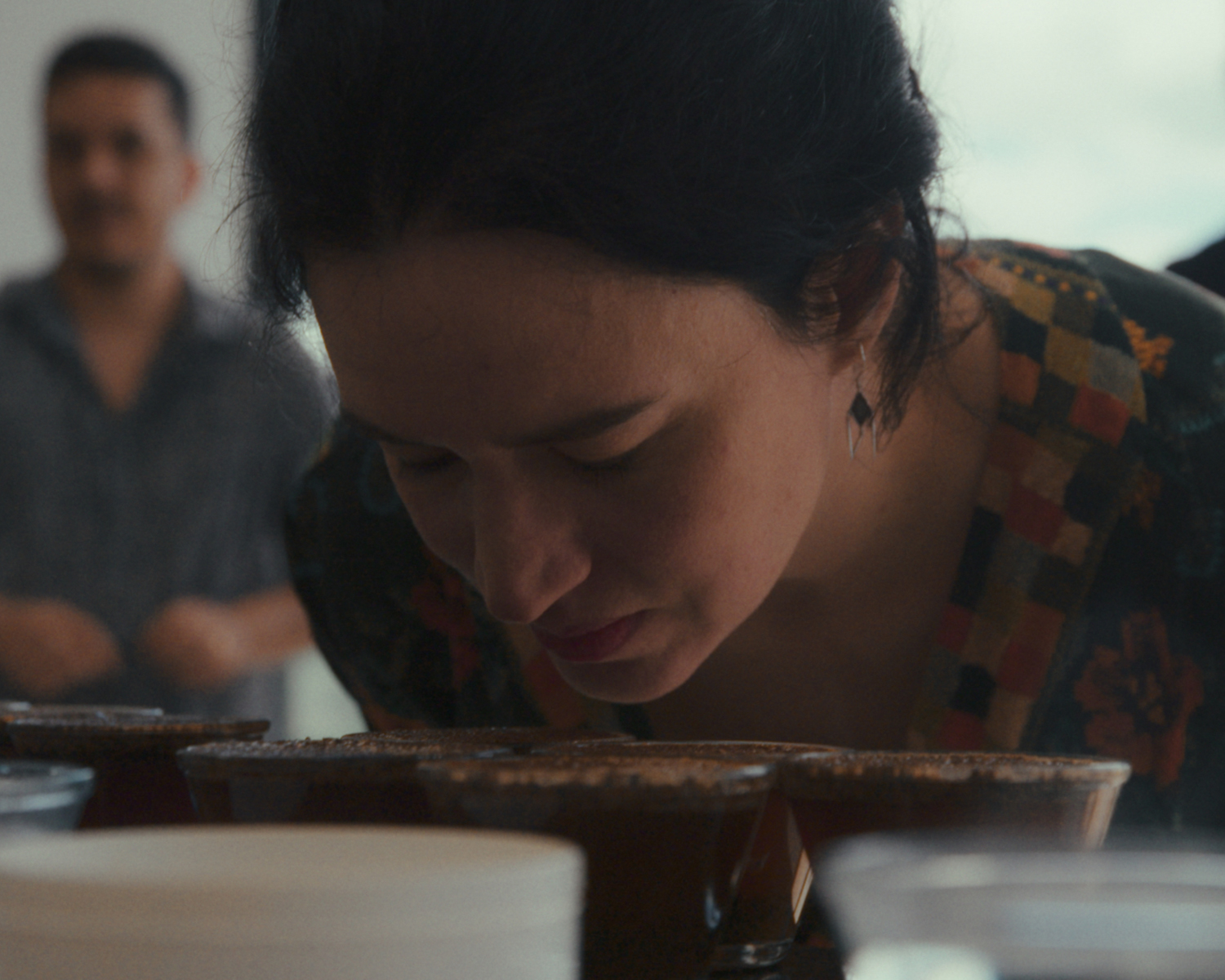
For over 150 years, Brazil has been the world’s largest coffee producer, accounting for about one-third of the global supply. This productivity has come at a price: A history of brutal extractivism has decimated local ecosystems. “If we don’t start changing the way we grow coffee, we’ll stop growing coffee in maybe 10 years,” explains Milena Rodrigues, founder of coffee-growing collective Flor de Café, in this film produced by the Canadian Centre for Architecture. But as its opening slide proclaims, “This is not a documentary about coffee. It is a story about trying to practice a different form of architecture.” The film follows architect Carla Juaçaba as she works alongside Rodrigues to build a museum and educational base for regenerative agriculture and conservation in Minas Gerais. Once complete, Juaçaba’s design will sit lightly on the land, drawing inspiration from both the stilt houses of local Indigenous people and the structure of the billboards that line the roads. Emphasizing the power of a collaborative approach, the film shares insights from a team that includes coffee farmers exploring new ways of planting, transforming monocultures into agroforestry systems.
3
The superREUSE Manifesto
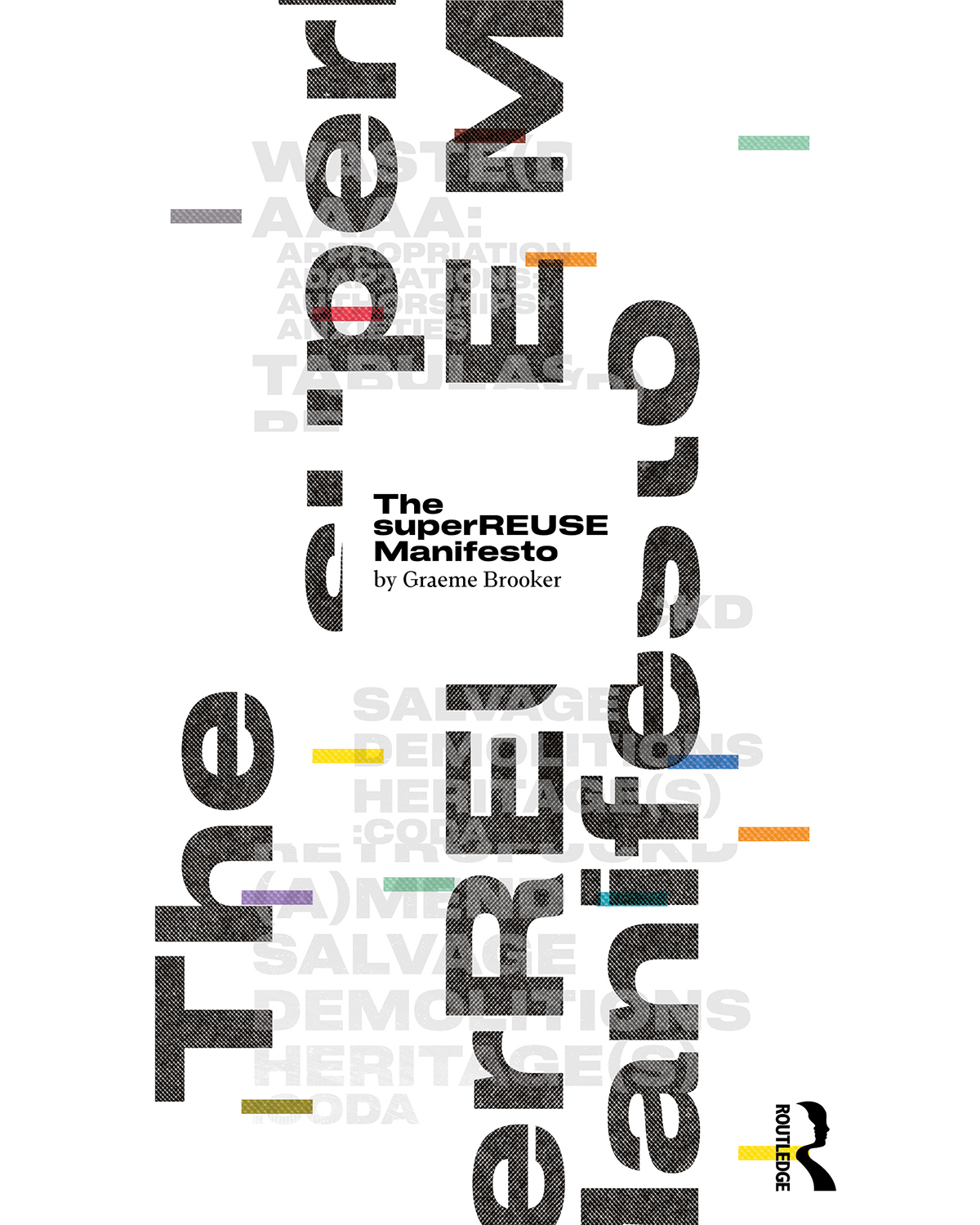
By 2050, the increase in waste produced annually will outpace population growth by more than double, reaching an astonishing 3.4 billion tonnes. The question of what to do with it all is just one that author (and professor at the Royal College of Art London) Graeme Brooker explores in this manifesto about re-use at all scales. He emphasizes the importance of seeing cities, buildings and objects as constantly in flux — and re-use as a tool to unveil the beauty that
already exists within them. “To wipe the slate clean and start again is not just the easy way out, it is the failure of intellect, of an economic system, and of political thought and purpose,” he writes, also noting that what is considered heritage worth preserving is itself political. Each chapter highlights the rich history of re-use across cultures, from the Japanese art of kintsugi to repurposed shipping container architecture. But he also isn’t afraid to point out projects (like Zaha Hadid’s Port House in Antwerp) that have, in his opinion, missed the mark. “Graeme’s manifesto tells us what not to do as much as what to do,” writes Ben Falk in his foreword.
Media Shelf: Green Living
Three resources model diverse new possibilities in sustainable design.
